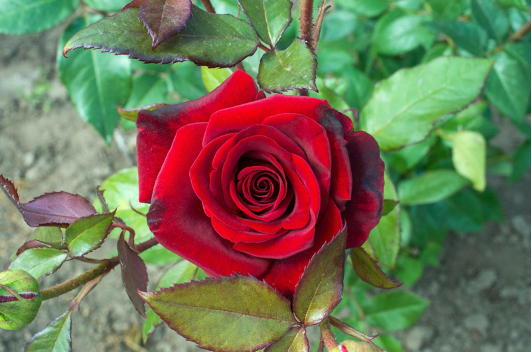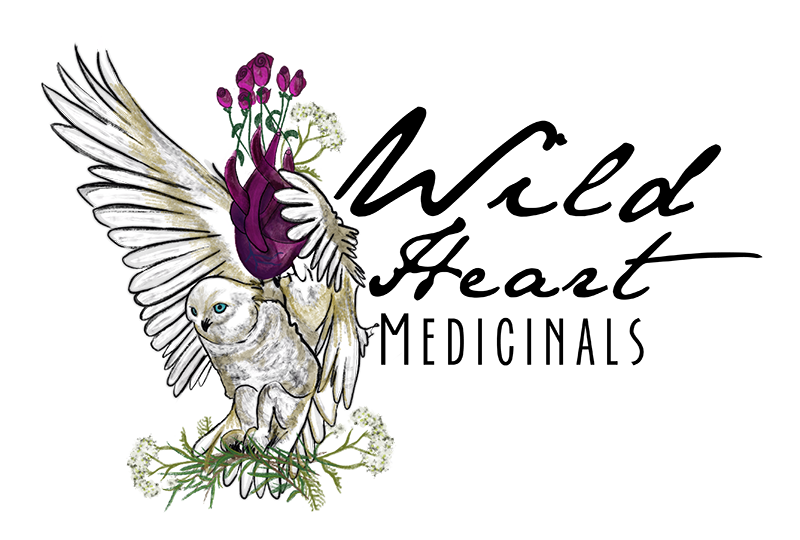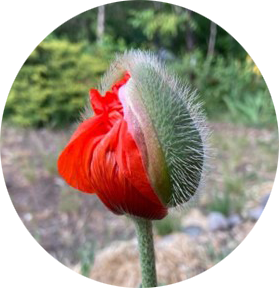Unconditional Love, Boundaries, Protection, Divine Feminine Essence

Genus & species: Rosa spp.
Family: Rosaceae
Origin: 35 million years old—most native to Asia—traveled worldwide
Archetype/reputation: Divine Mother, teacher of boundaries, healer of the heart
Planet(s): Venus
Element: expresses all elements
Energetics: sweet, astringent, salty, cooling, slightly sour
Opening one to the divinity within and around, Rose holds a pure source connection to the divine feminine Mother. Balancing Rose’s connection to unconditional love, she teaches boundaries, stemming from one’s awareness of their own light. Rose guides us to stand in our power, in our radiance and beauty, and while doing so, hold boundaries because we honor the luminosity that lives within us. Rose is soothing, heart-opening, calming, renewing, and nourishing. She brings a glow to one’s auric field and a lightness to the heart. Holding a firm, wise Mother’s spirit, Rose teaches us how to love ourselves. She guides us through grief and pain and into full acceptance of what is. One must respect the thorns if they want the rose…we must journey into the dark to find the light. Rose teaches us how to take care of ourselves in preservation and honor of our unique light, beauty, and purpose in this life.
Description/habitat: Roses thrive in sunny, well-drained soil. Wild roses often line the ocean cliffs along the coasts of North America. From the viewpoint of the doctrine of signatures, with roses being a catalyst in connecting to the divine feminine, and Mother Ocean’s being a source of the roses food and energetics—merged with the element of water, the primary element in charge of our emotions—I believe that ocean harvested roses are of the most potentiated variety or rose to work with when dealing with grief around feminine healing.
Ways To Work With Rose:
Place it on your altar: Placing a rose cutting on your altar, or in a space you sit with it daily and listen, will help to open your heart, soothe your soul, and connect you with divine loving presence.
As a hot tea: Boil water and pour it over dry or fresh petals and let steep for about 10 minutes.
As a sun tea: Place rose petals in a clear glass jar (I typically use a mason jar) and put it in the sun for a minimum of four hours. When doing this, if I am the one to be drinking it, I like to whisper an intention into the rose water before I put the lid on it to infuse that memory and manifestation into the water and rose.
Flower bath: Boil water and place the rose petals inside. Then outside, ideally in a space that is sacred and protected for you (I do it in the garden), slowly pour the waters over you with an intention. I like to use a wooden spoon and slowly pour the plant bath over every inch of my body.
As a glycerite or alcohol: Take half to a full dropper, depending on what is recommended by your internal wisdom and or herbalist’s advice.
Herbal actions: Rose strengthens the heart as a cardiotonic, gentle astringent (mucous membrane tonic), nervine, antispasmodic, anti-microbial/ anti-biofilm, nutritive tonic, inflammation-modulating, antioxidant, immune system and connect tissue tonic (especially rose hips), and anti-microbial.
Parts used: flowers (we will dive into rose roots in the course on Plant Spirit Communication.)
Tissue states: treats heat excitation as a result of its cooling, sour qualities
Clinical uses: Rose is most often used to aid in grief and loss—Rose hips are extremely high in vitamin C and are worked with to boost one’s immune system.
Constituents: Volatile Oils, Pinenes, Nerol, Linalool, Limonene, Geraniol, Tannins, Cyanin, Vitamin C, B3, Vitamin E, Vitamin K (in the Hips), Beta-sitosterol, Polyphenols, Flavonoids, Polysaccharides, Omega 3s (seeds)

